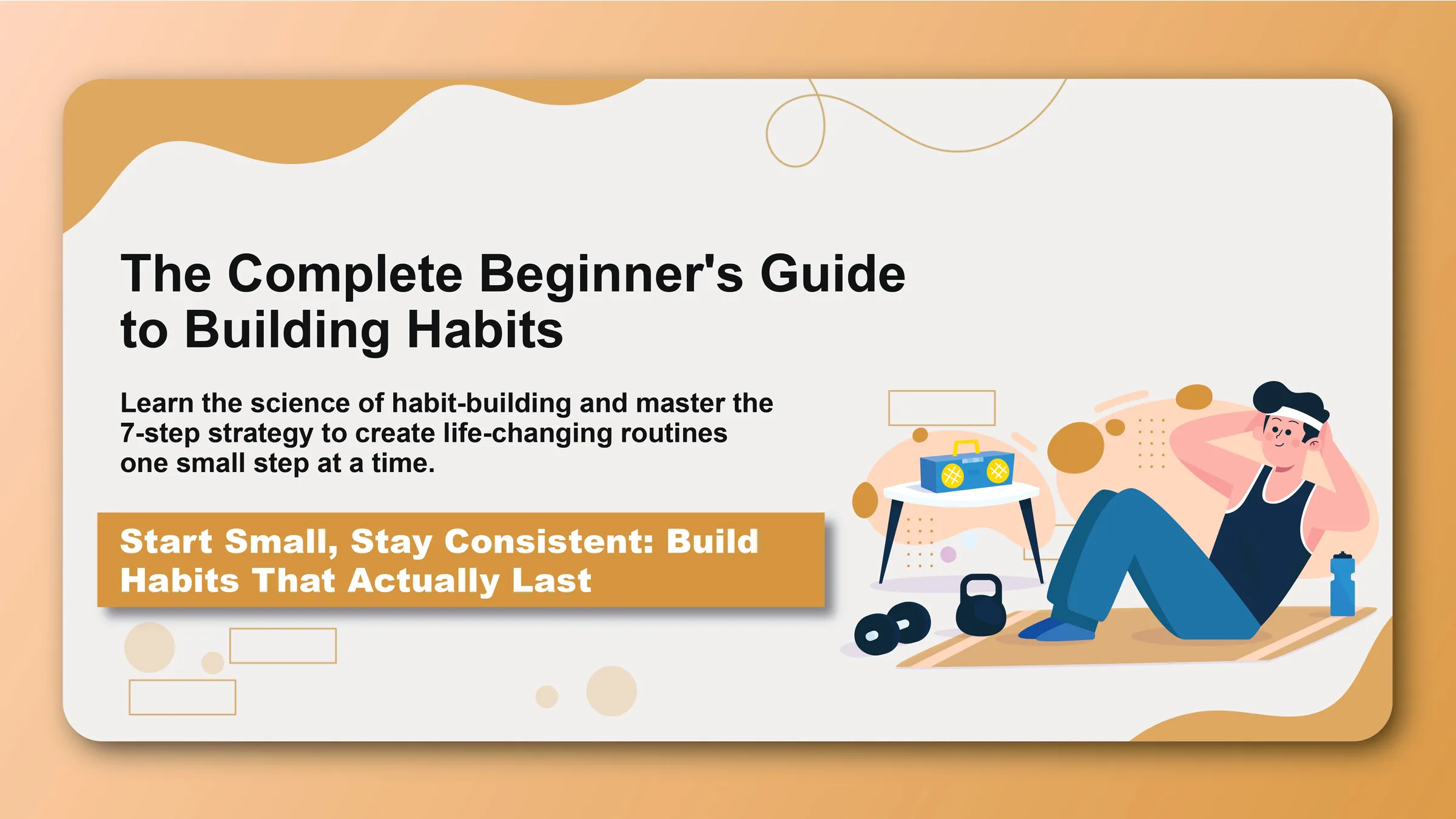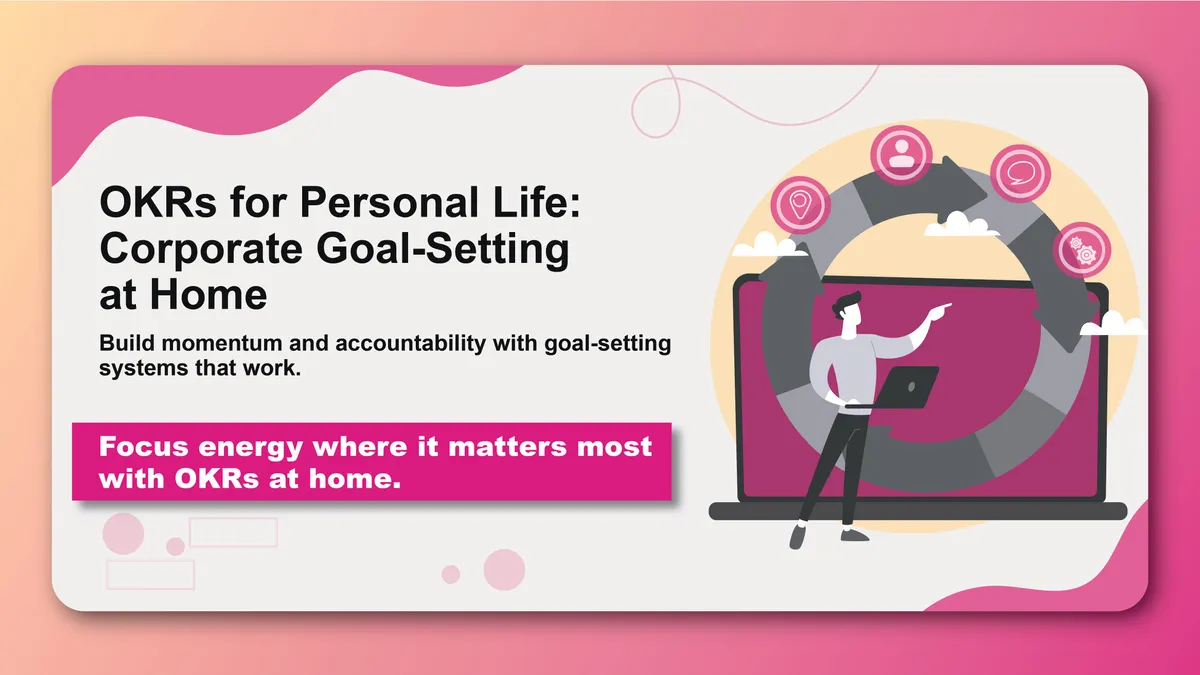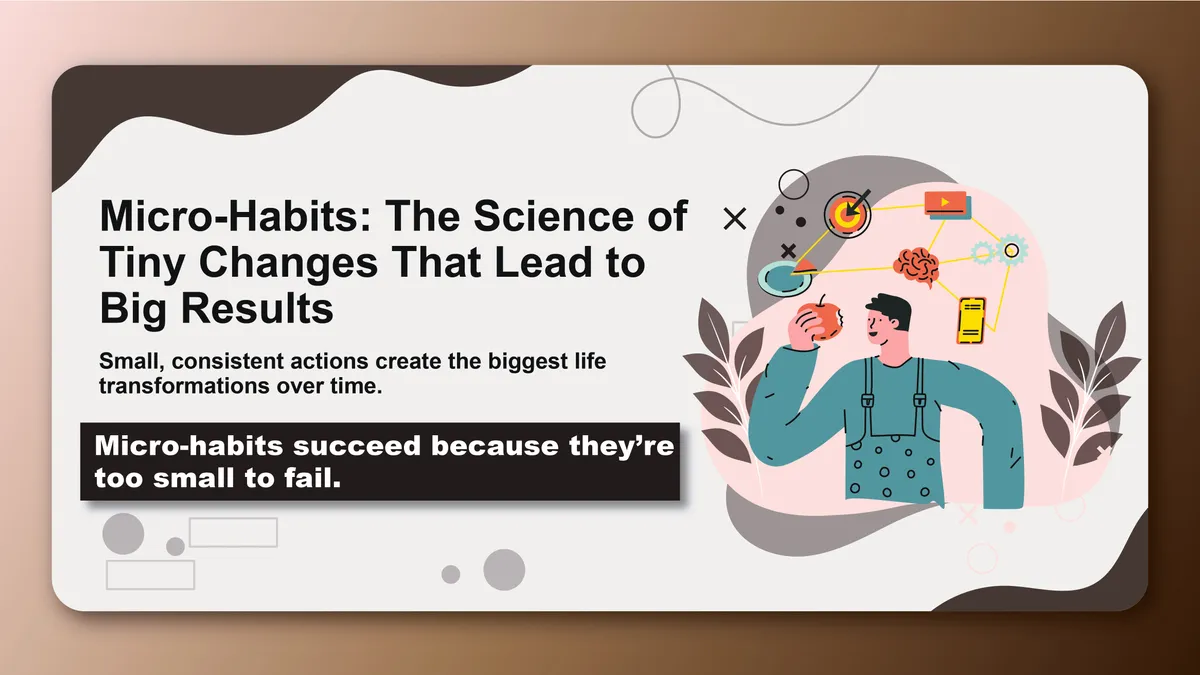Building habits can feel overwhelming, especially when you're starting from scratch. Whether you want to exercise regularly, eat healthier, or become more productive, the key lies in understanding how habits actually work and applying proven strategies that set you up for success.
In this comprehensive guide, you'll learn everything you need to know about habit formation, from the science behind why habits stick to practical strategies you can implement starting today.
What Are Habits and Why Do They Matter?
A habit is a routine behavior that becomes automatic through repetition. Unlike conscious decisions that require willpower and mental energy, habits run on autopilot in your brain, making them incredibly powerful for creating lasting change.
Research shows that 40% of our daily actions are habits, not conscious decisions. This means that by strategically building good habits, you can transform your life without relying on motivation or willpower alone.
The Benefits of Strong Habits
- Reduced mental fatigue: Habits free up mental energy for important decisions
- Consistent progress: Small daily actions compound into significant results
- Increased productivity: Automated routines eliminate decision paralysis
- Better health and well-being: Positive habits support physical and mental health
- Goal achievement: Habits create systems that naturally lead to your desired outcomes
The Science Behind Habit Formation
Understanding how your brain creates habits is crucial for building them effectively. Neuroscientist Ann Graybiel discovered that habits are controlled by a neurological loop consisting of three parts:
The Habit Loop
- Cue (Trigger): An environmental or internal signal that initiates the behavior
- Routine (Behavior): The action or sequence of actions you perform
- Reward (Benefit): The positive outcome that reinforces the behavior
For example, if you want to build a reading habit:
- Cue: Seeing a book on your nightstand
- Routine: Reading for 15 minutes
- Reward: Feeling relaxed and knowledgeable
The 7-Step Framework for Building Any Habit
Step 1: Start Ridiculously Small
The biggest mistake people make is trying to change too much at once. Instead of committing to an hour-long workout, start with 5 push-ups. Instead of reading for an hour, begin with just 2 pages.
Why this works: Small habits are easier to maintain, build confidence, and create momentum. As behavioral scientist BJ Fogg says, "Make it so easy you can't say no."
Step 2: Stack Your New Habit
Habit stacking involves linking a new habit to an existing one. The formula is: "After I existing habit, I will new habit."
Examples:
- After I pour my morning coffee, I will write in my journal for 2 minutes
- After I brush my teeth, I will do 10 squats
- After I sit down at my desk, I will review my daily priorities
Step 3: Design Your Environment
Your environment is stronger than your willpower. Make good habits easier by optimizing your surroundings:
- Make it visible: Place cues for good habits in plain sight
- Make it attractive: Use visual reminders and positive associations
- Make it easy: Remove barriers and friction from desired behaviors
- Make it satisfying: Create immediate rewards for completion
Step 4: Focus on Identity, Not Outcomes
Instead of focusing on what you want to achieve, focus on who you want to become. Ask yourself: "What would a healthy person do?" or "How would a productive person approach this?"
Identity-based examples:
- "I am someone who exercises daily" (not "I want to lose weight")
- "I am a reader" (not "I want to read more books")
- "I am organized" (not "I want to be more productive")
Step 5: Track Your Progress
What gets measured gets managed. Tracking your habits serves multiple purposes:
- Provides immediate satisfaction (reward)
- Shows your progress over time
- Helps identify patterns and obstacles
- Maintains accountability
You can track habits using:
- A simple calendar or notebook
- Habit tracking apps
- Digital tools like Habityzer that provide analytics and insights
Step 6: Plan for Obstacles
Anticipate challenges and create if-then plans:
- If I feel tired after work, then I will do a 10-minute walk instead of skipping exercise
- If I'm tempted to check social media, then I will read one page of a book instead
- If I miss a day, then I will get back on track the next day without guilt
Step 7: Celebrate Small Wins
Acknowledge every success, no matter how small. Celebration creates positive emotions that reinforce the habit loop. This could be as simple as:
- Checking off a box on your tracker
- Saying "Yes!" out loud
- Doing a little victory dance
- Treating yourself to something you enjoy
Common Habit-Building Mistakes to Avoid
Mistake 1: Starting Too Big
Beginning with ambitious goals leads to overwhelm and failure. Start with the smallest possible version of your desired habit.
Mistake 2: Relying on Motivation
Motivation is temporary; systems are permanent. Build habits that don't depend on how you feel.
Mistake 3: Trying to Change Everything at Once
Focus on one habit at a time. Once it becomes automatic (usually 2-8 weeks), add another.
Mistake 4: Ignoring Your Schedule
Choose habits that fit your lifestyle and current schedule. A 6 AM workout won't work if you're naturally a night owl.
Mistake 5: Perfectionism
Missing one day doesn't ruin your habit. The key is consistency, not perfection. Get back on track as quickly as possible.
How Long Does It Take to Build a Habit?
Contrary to popular belief, it doesn't take 21 days to form a habit. Research by Dr. Phillippa Lally found that it takes an average of 66 days for a behavior to become automatic, with a range of 18-254 days depending on the complexity of the habit and individual factors.
Factors That Influence Habit Formation Speed:
- Complexity: Simple habits form faster than complex ones
- Consistency: Daily practice speeds up the process
- Context: Stable environments support faster habit formation
- Individual differences: Some people naturally form habits more easily
Building Your First Habit: A Step-by-Step Action Plan
Ready to start building your first habit? Follow this practical action plan:
Week 1: Foundation
- Choose ONE habit to focus on
- Make it ridiculously small (2-5 minutes maximum)
- Identify your cue (existing habit to stack onto)
- Set up your environment for success
Week 2-3: Consistency
- Perform your habit daily at the same time
- Track your progress (use a simple checkmark system)
- Celebrate each completion
- Adjust if needed (but don't give up)
Week 4-6: Strengthening
- Continue daily practice
- Notice how the habit is becoming easier
- Resist the urge to expand too quickly
- Plan for obstacles and setbacks
Week 7-10: Integration
- The habit should feel more natural now
- Consider slightly expanding if it feels effortless
- Prepare to add a second habit if desired
- Reflect on your progress and lessons learned
Tools and Resources for Habit Building
Recommended Apps and Tools:
- Habityzer: Comprehensive habit, goal, and task tracking with analytics
- Physical journal: Simple pen-and-paper tracking
- Calendar: Visual tracking with date-based reminders
- Accountability partner: Someone to check in with regularly
Books for Deeper Learning:
- "Atomic Habits" by James Clear
- "The Power of Habit" by Charles Duhigg
- "Tiny Habits" by BJ Fogg
- "The Habit Loop" by Charles Duhigg
Your Habit-Building Journey Starts Now
Building habits is a skill that improves with practice. Start with one small habit today, and remember that every expert was once a beginner. The key is to begin, be consistent, and be patient with yourself as you develop this life-changing skill.
Remember: You don't need to be perfect; you just need to be consistent. Every small step you take is building the foundation for the person you want to become.
What habit will you start building today?
Ready to track your habits and build lasting change? Start your habit journey with Habityzer and join thousands of people who are transforming their lives one habit at a time.



